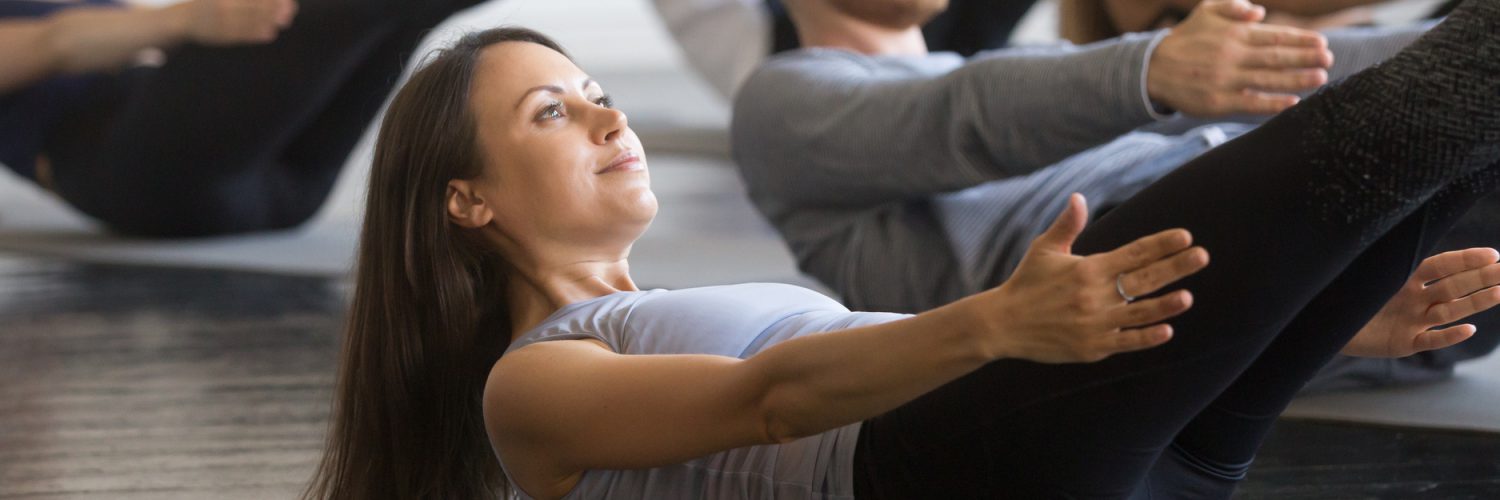Take a brief moment to think about exercise. What types are you familiar with? Most people immediately think of cardio or strength training. However, there is so much more to getting fit! Read on to learn about exercise, its components and how often they should be included in your routine.
Warm Up
This is a crucial, but often missed component of exercise. It is the best-known method for preventing injuries and complications from exercise. When you warm up, you prepare your muscles, connective tissues and cardiovascular system by generating heat through movement.
- Aim to warm up for at least 5-10 minutes prior to exercise, every time you work out.
- Try common warm-ups such as: walking, marching in place, body weight squats, jumping jacks, lunges, jump rope, push-ups, or planks.
Cardiovascular Exercise
Cardiovascular or aerobic exercise is commonly defined as movements that increase your heart rate and respirations, and pump oxygen throughout your body at a faster rate than normal. Most cardio exercises work major muscles, like those in your legs.
- Perform at least 150 to 300 minutes of moderate-intensity, or 75 to 150 minutes of vigorous, aerobic activity each week.
- Try some of these great cardio exercises: walking, jogging, running, dancing, cycling, or working out on an elliptical.
Strength Training
This type of exercise requires you to use your body weight or equipment such as free weights, dumbbells, bands or exercise machines to use resistance in order to strengthen your muscles and increase endurance. Resistance exercises may help boost your metabolism, build muscle, improve bone strength and increase mobility.
- Aim to perform muscle-strengthening activities that involve all of the major muscle groups at least 2 days per week.
- Allow 48 hours between sessions for muscle recovery.
Balance Exercises
This type of exercise requires the use of your motor skills such as balance, coordination and agility. You may also hear it referred to as functional fitness training. These exercises may help you improve your overall physical function and help you be more efficient in your daily activities.
- Perform exercises that test your balance 2 or 3 days per week at 20 to 30 minutes per session.
- Try exercises such as tai chi, yoga, or Pilates; use a balance board or ball; or simple activities like standing on one foot, walking heel to toe, or standing on your toes.
Cool Down
After completing your workout, it is important to bring your body back to (or close to) its normal state by allowing your body the opportunity to slow your heart rate and return to its normal temperature. Stopping your exercise too abruptly without cooling down may cause you to feel faint or dizzy, or even pass out.
- Cool down for about 5-10 minutes at the complete of every workout.
- Try common cool-downs such as: walking, light jogging, yoga poses or light stretching.
Rest and Recovery Time
This is another component of exercise that is often overlooked! Not allowing your body sufficient time to recuperate from exercise can slow your exercise progress as well as cause strain on your muscles, which can cause pain or worse. Click here for more information!
Remember, any exercise is better than no exercise! Always talk to your doctor prior to beginning a new workout routine.



